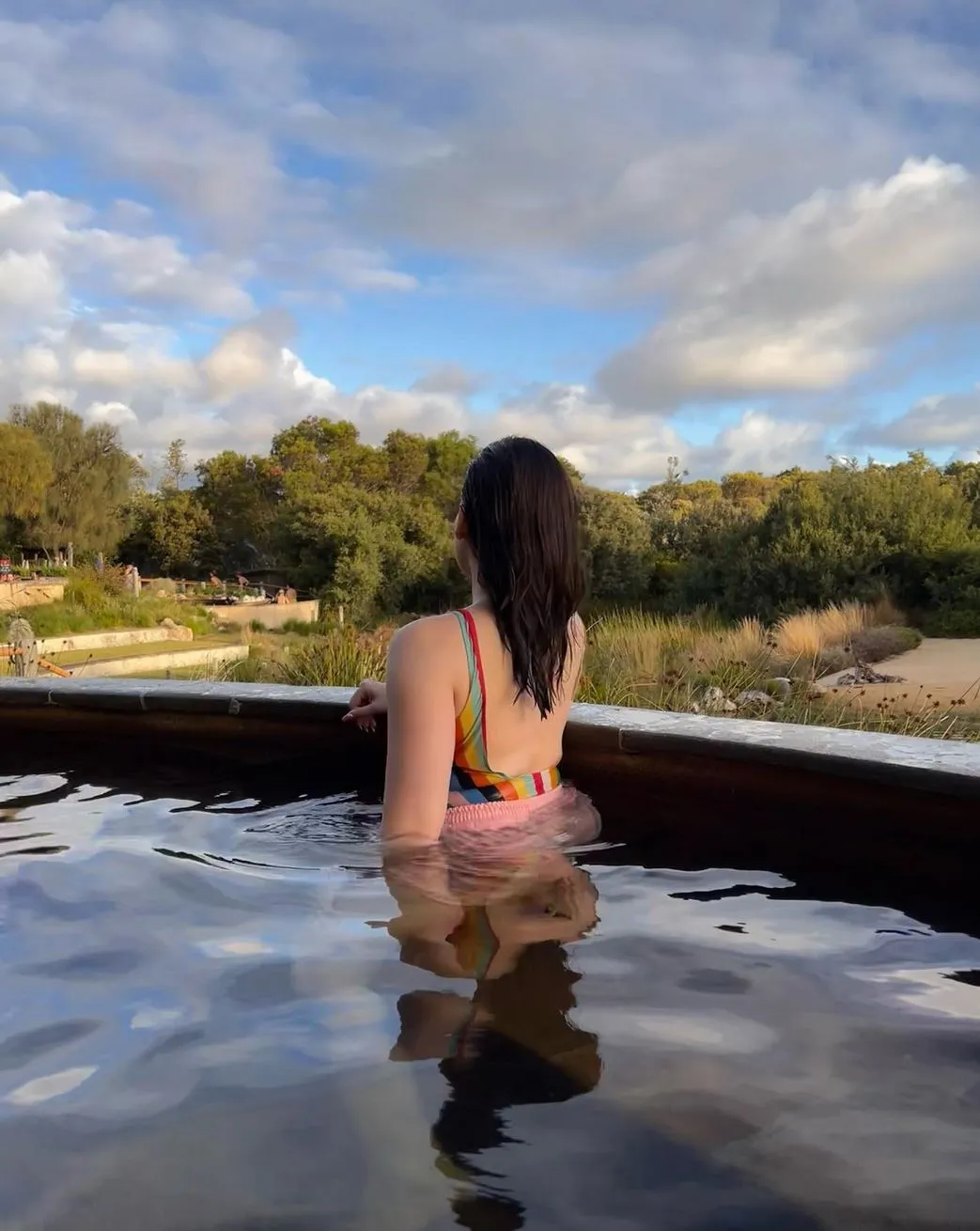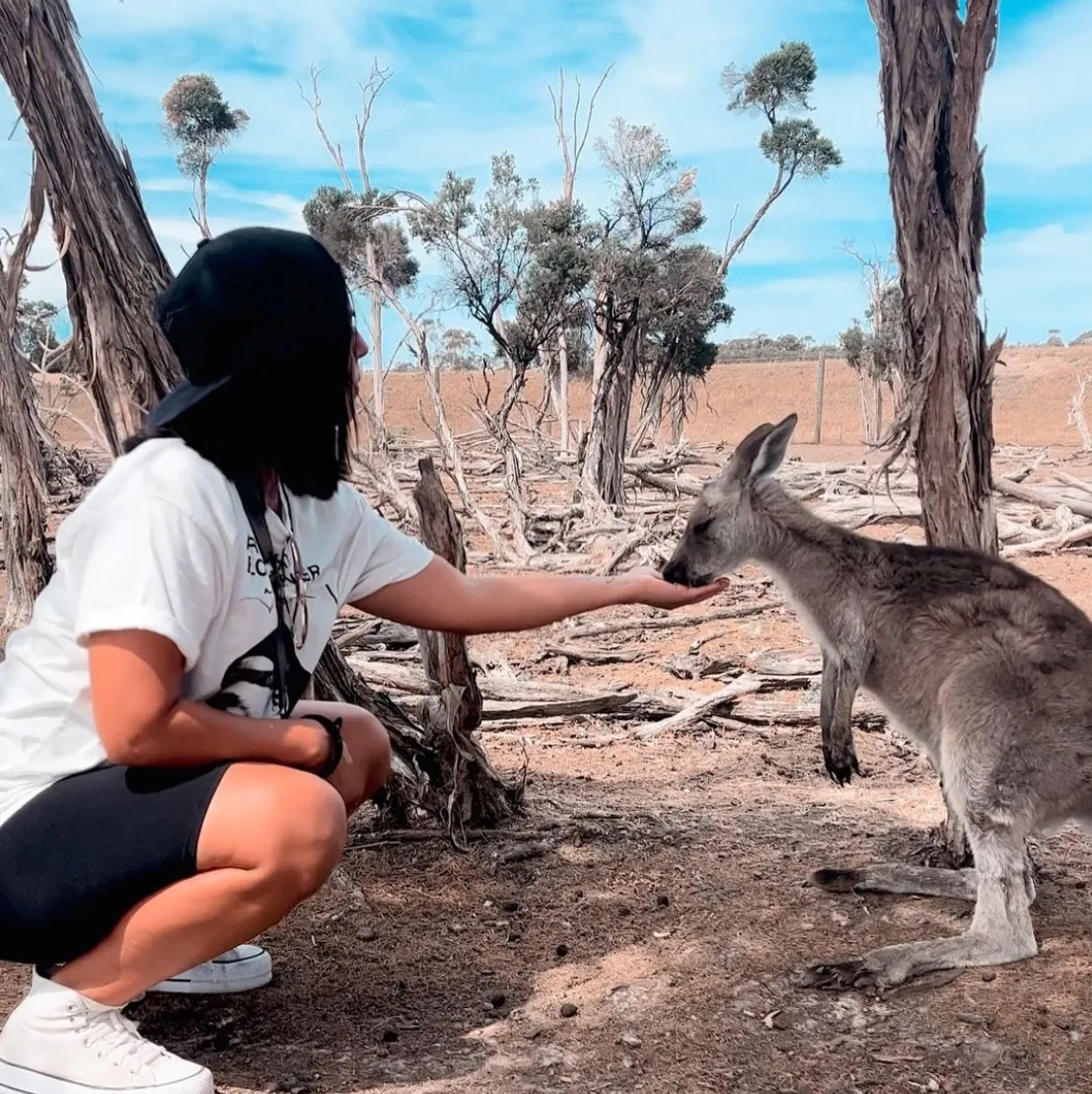Behind the Scenes: Maintaining the Great Ocean Road for Future Generations
The Great Ocean Road is a stunning coastal strip that represents Australian heritage and beauty. It covers 243 kilometers along the south-east coast of Victoria, attracting millions every year. Nevertheless, keeping it pristine while allowing for the flood of tourists calls for detailed planning, dedicated funds, and cooperation from all stakeholders involved.
Great Ocean Road’s Importance
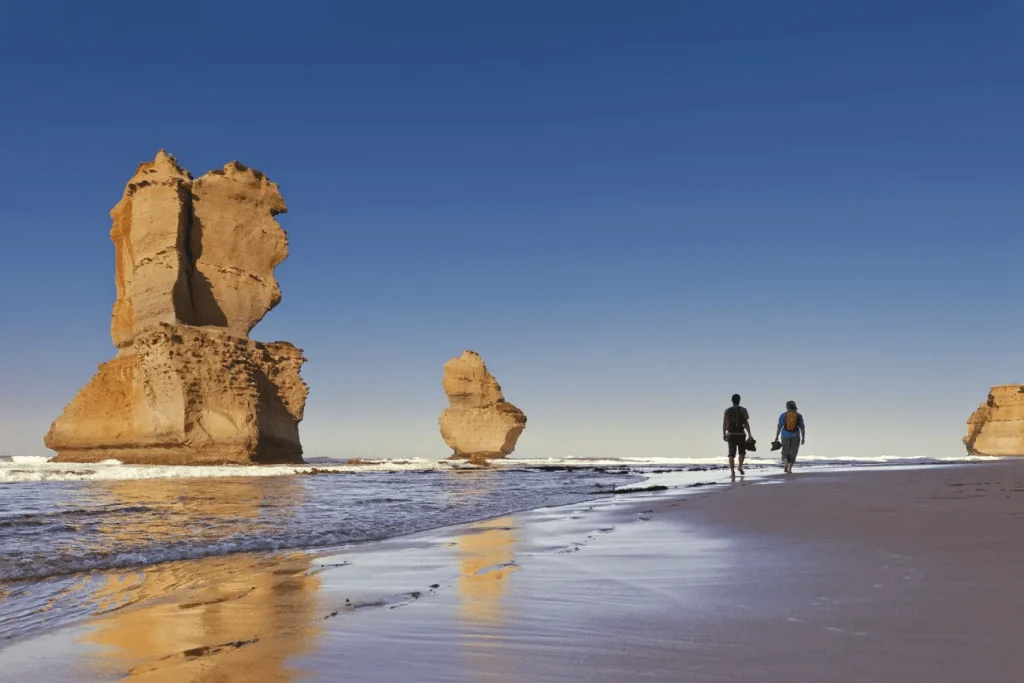
Beyond being just a scenic drive, The Great Ocean Road contributes significantly to Australia’s tourism industry and environmental conservation efforts. The Twelve Apostles, Loch Ard Gorge and Otway rainforests among many other iconic landmarks can be accessed through this road. Some of the most awe-inspiring landscapes on earth are found on these stretch of coastal lands which includes Surf Coast, Port Campbell National Park and Cape Otway. Each section along this route such as Bells Beach or Southern Otway bears markers not found elsewhere in such a famous destination.
It is internationally recognized as an important tourism site, attracting people across borders who boost local businesses. Parks Victoria has put down strategic framework plan and action plan to guide conservation efforts henceforth so that the road survives its way without losing its naturalness and cultural significance.
Mission Statement and Responsibilities
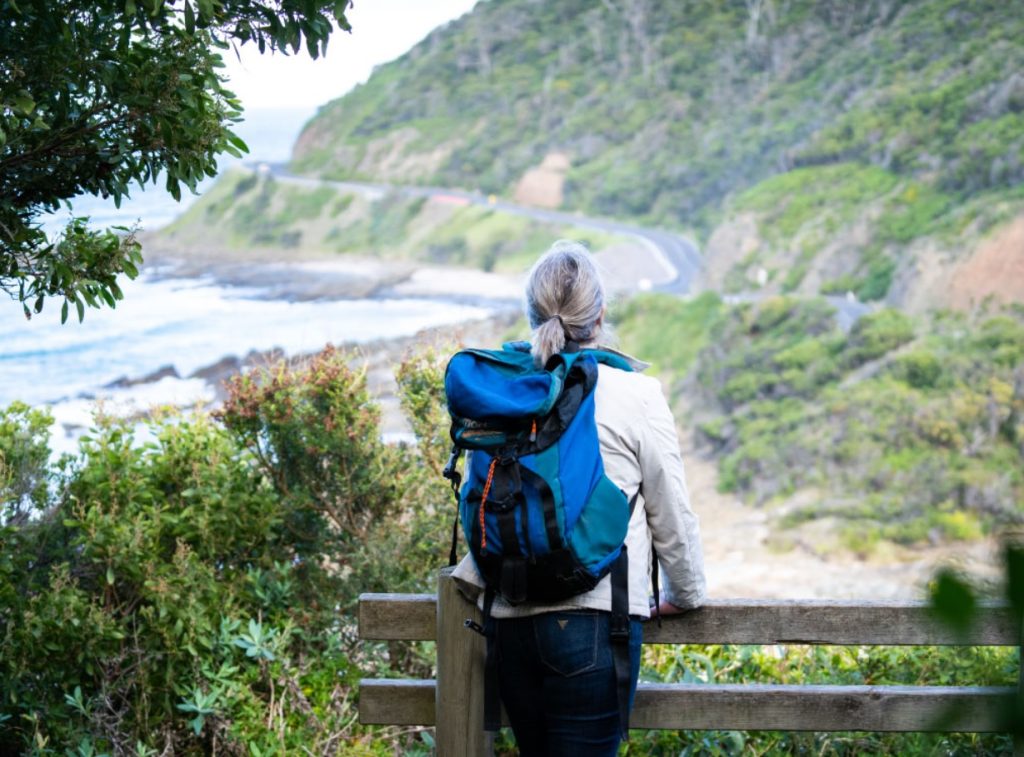
Maintenance work on the Great Ocean Road requires involvement from various parties including Parks Victoria which manages much of it in terms of landholding interests.Parks Victoria strives to ensure that the Great Ocean Road remains an environmentally sustainable attraction that stays accessible to visitors while guaranteeing their safety.This mission includes overseeing unsealed roads as well as enforcing policies relating to coastal use within their powers about protecting them against damage.
Catchment Management Authority plays a critical role in safeguarding water resources and maintaining ecological health at local level. Goals specific to conservation; infrastructure support are set out in strategic frameworks plans and actions plans developed by these institutions.Management committees have been established to ensure that environmental impacts are minimized as the tourism sector is supported.
Collaboration with Local Communities
Efficient care for the Great Ocean Road is heavily influenced by cooperation with local communities and stakeholders. The indigenous people, local businesses and inhabitants must be involved in order to share the responsibility of conserving it. Environmental history within this region has been invaluable in Apollo Bay, Cape Otway, and Colac Otway Shire areas and their population residing there.
Community participation contributes to sustainable practices enhancing visitor experience as well as assisting the tourism industry. For example, knowledge from locals helps manage places like Erskine Falls and Kennett River or preserve attractive sites such as Aireys Inlet and Logans Beach. Coastcare Victoria and Land for Wildlife, among other initiatives, work together with local agencies to promote conservation and sustainable land use.
National Parks and Protected Areas Along the Coast
Great Ocean Road’s charm and ecological health is underpinned by diverse national parks and protected areas. These include:
Port Campbell National Park

Among the highlights of Great Ocean Road, Port Campbell National Park is home to the iconic Twelve Apostles. Its rugged coastline and limestone formations attract visitors from all over the world. This area, however, has been earmarked for visitor management, erosion prevention on the coast, as well as conservation of indigenous biodiversity.
Cape Otway National Park
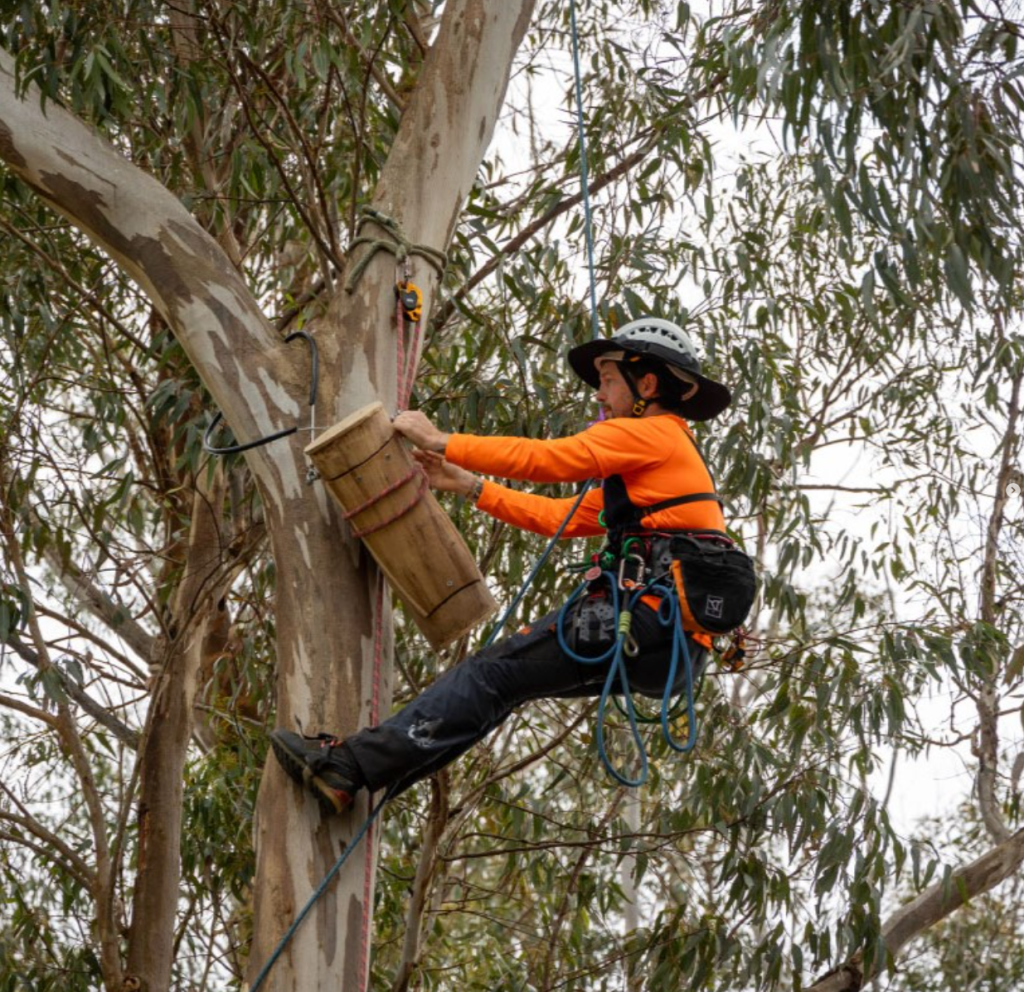
Cape Otway National Park covers that can be described as continuous lush rainforests to dramatic coastal cliffs. It is characterised by landmarks such as Cape Otway Lightstation and wildlife including koalas and bird species. Conservation efforts are aimed at maintaining the park’s unique ecosystems and ensuring that it remains a sustainable tourist destination like the Great Ocean Road Sunset Tour.
Apollo Bay and Its Surroundings
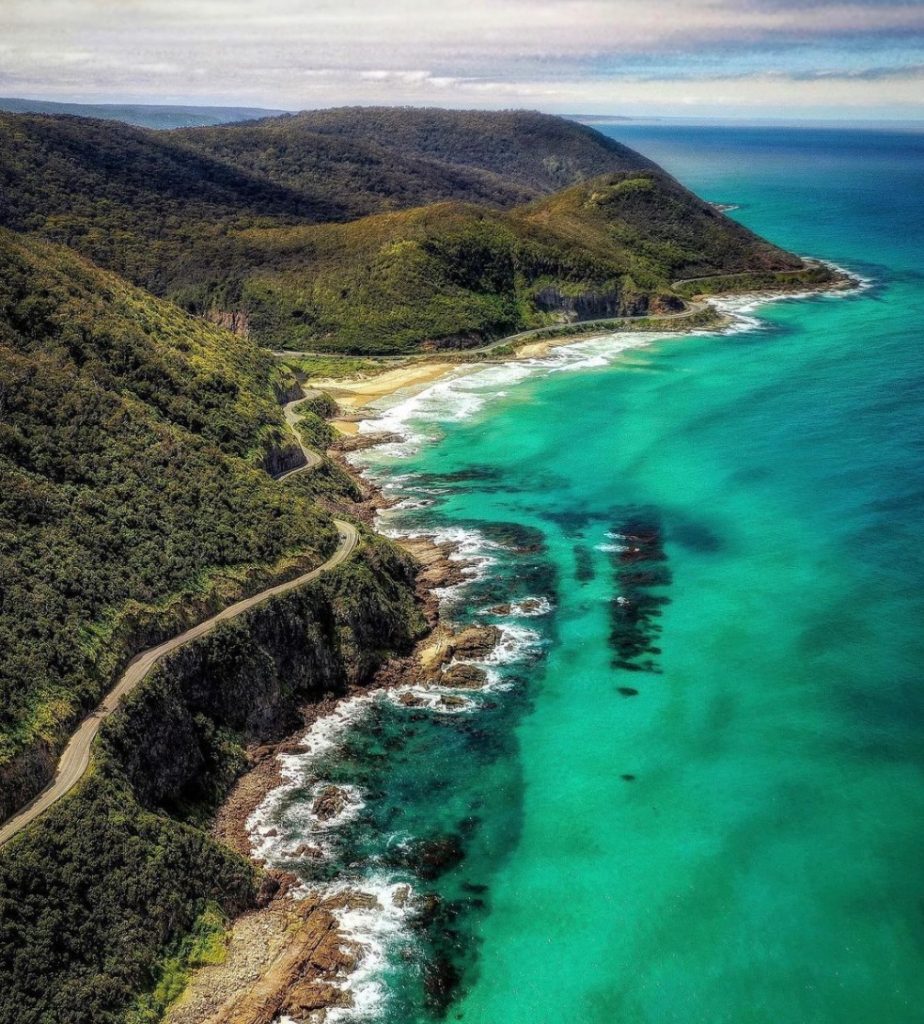
Apollo Bay is a popular tourist destination where tourists begin their trips into Great Otway National Park. Visitors are facilitated with information at Apollo Bay Visitor Centre, which enriches their stay while promoting environmentally friendly practices. Other nearby attractions for instance include Otway Fly and Otway Park Trees Adventure which provide opportunities to experience nature in a different way while highlighting local beauty.
Surf Coast
The Surf Coast stretches between Torquay and Anglesea; it has some of the best surf breaks worldwide, including legendary Bells Beach. The region is characterized by dynamic coastal landscapes that attract numerous surfing enthusiasts who visit this area. These regions are getting managed or preserved with both surfers’ needs being met alongside environmental conservation objectives so that the natural environment remains intact even as the local economy prospers.
The Role of Parks Victoria and Other Authorities
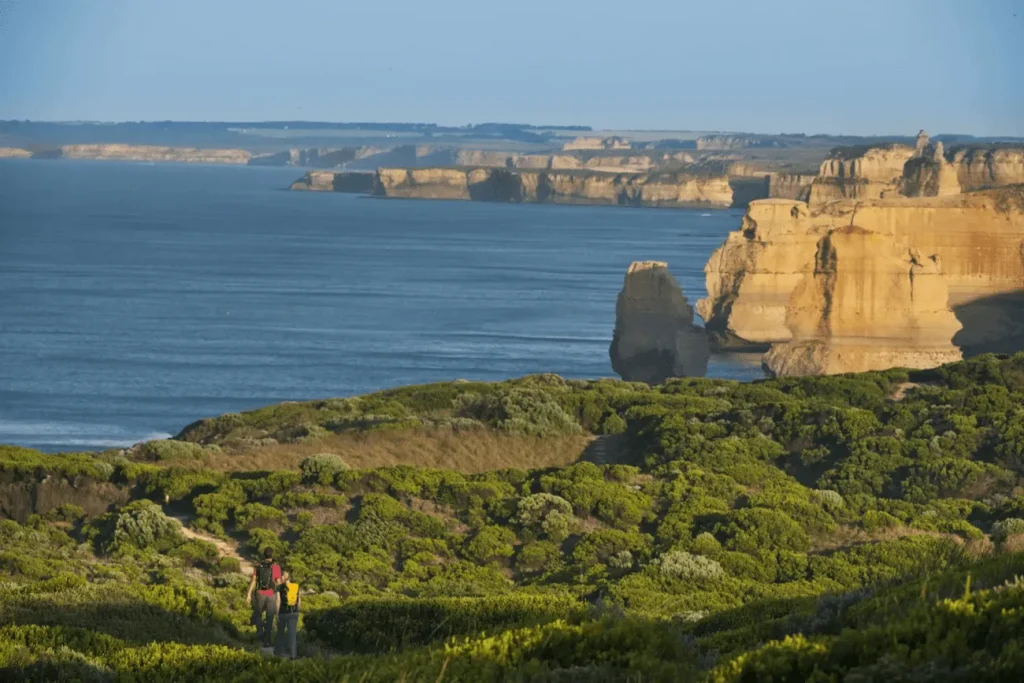
Parks Victoria collaborates with various groups including Parks Authority and Coastcare Victoria to manage Great Ocean Road. They are involved in overseeing all conservation measures, managing visitor facilities, as well as executing strategic plans for coast management.
Those organizations’ strategic framework plans offer comprehensive guidelines regarding maintaining the road’s environmental health and attracting more tourists. For instance, unsealed road control measures must be in place; attention should be paid to coastal erosion, including supporting sustainable tourism through the provision of appropriate accommodation facilities.
Conclusion
To keep the Great Ocean Road alive, it is necessary for several parties to join hands such as Park Victoria, local communities and conservation organizations. Such undertakings ensure that this iconic route endures by offering a lifetime experience while at the same time maintaining its national and cultural heritage for future generations through effective management, strategic planning and collaboration. Its preservation is an ongoing commitment that underscores the importance of this road as a national treasure.
FAQ
What are some main roles of Parks Victoria in relation to caring for the Great Ocean Road?
Such include managing infrastructure of the road, implementing nature care and monitoring visitor impacts. This also includes maintenance of scenic landscapes, oversight of coastal lands and ensuring sustainable tourism.
How does the local community contribute to the preservation of the Great Ocean Road?
This may involve working with Parks Victoria, among others, in order to maintain its environmental and cultural values. This is done through support for conservation initiatives, promotion of sustainable tourism practices and insights into regional heritage.
Name a few key national parks along the Great Ocean Road.
Port Campbell National Park is known for Twelve Apostles while Cape Otway National Park has its rainforests including Cape Otway Lightstation which stands out.
How does Apollo Bay Visitor Centre assist in preserving nature?
The Apollo Bay Visitor Centre gives information about tourist attractions in addition to being involved in environmental campaigns aiming at promoting ecological soundness within our environment. It plays a role in promoting sustainable tourism and supporting local efforts to protect natural resources as well as cultural ones found within it.
What measures do we have to reduce impact on visitors?
Among other things, this involves developing a strategic framework plan & action plan for coastal management, keeping unsealed roads & engaging with local communities regarding ensuring sustainable practices are maintained under these situations.
